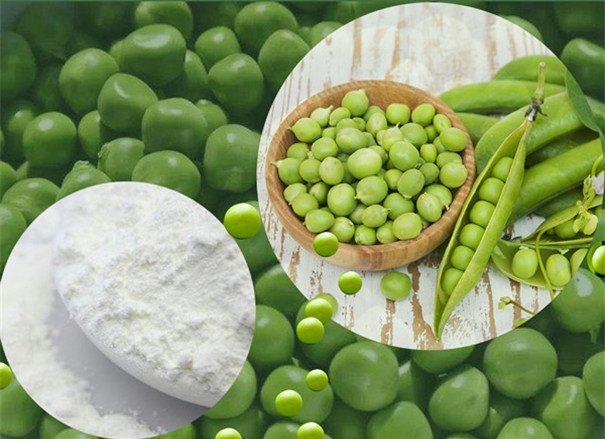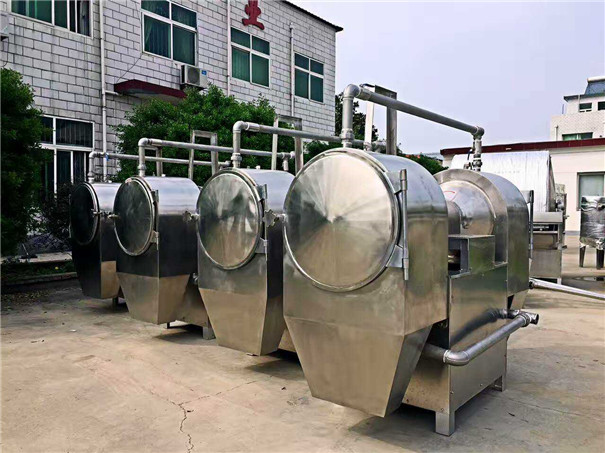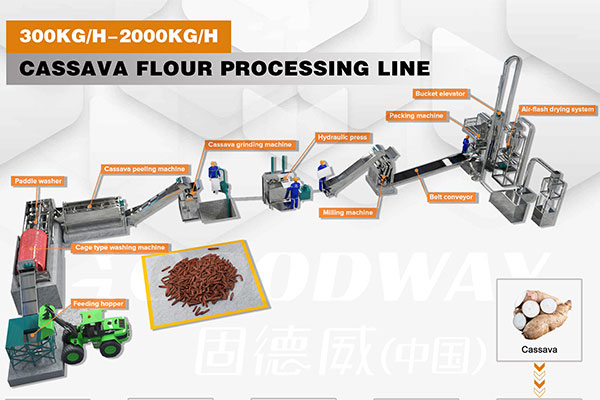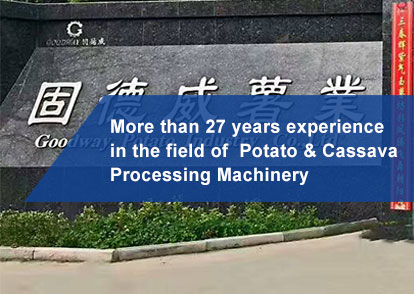Every year, from April to May, fresh green peas hit the market, boasting plump kernels and a refreshing taste. Peas contain starch and oil in their seeds, which can be utilized medicinally for their diuretic and antidiarrheal properties. Not just the seeds, but also the tender pods and shoots of peas are edible, offering a cooling relief in the hot season. Peas are widely embraced as a favorite offseason vegetable and can also be utilized as green manure, fodder, or fuel. With high nutritional value, peas are rich in lysine, an essential amino acid not found in other grains. Lysine is crucial for promoting human development, enhancing immune function, and improving central nervous system functionality.

Various Processing Methods and Utilizations of Peas
Through meticulous processing of dried peas, the seed coats, cotyledons, and embryonic buds of peas can be separated, yielding edible fiber powder, cotyledon powder, and embryo powder. Edible fiber powder serves as an additive in bread or nutritional supplements, improving the texture and promoting digestive function. Cotyledon powder and embryo powder find wide applications in the production of baby food, health food, and flavored products. They serve as c...
Dried peas can also be used to extract concentrated pea protein. Pea protein powder serves as an enhancer in foods like bread, increasing their protein content and biological value. Additionally, it can be used to make vermicelli and sprouted peas. Processing green peas and edible podded peas can result in canned, dehydrated, or frozen products. Among these, frozen green peas and edible podded peas are widely consumed in countries like Europe, America, Southeast Asia, and Russia.
Dried peas can be ground into flour and combined with cereal flours to make various food products. They can also be processed into vermicelli, noodles, pea cakes, and pea gel. Furthermore, various nutritional components such as protein, starch, and dietary fiber can be extracted from peas and utilized separately. Pea starch can be used to fry crispy meat and can also be used to make jelly and noodles. Green peas, snow peas, and sugar snap peas can be eaten stir-fried or preserved by freezing.

The Basic Process of Mechanical Pea Starch Processing
Stone Removal: Dried peas purchased are sorted and separated to remove stones and other impurities.
Soaking: Peas are soaked in clean water for at least 3 hours to facilitate the subsequent starch extraction process.
Crushing and Grinding: Preliminary starch extraction is achieved through crushing and grinding. Commonly, rasp mills and centrifugal sieves are used for initial starch extraction and filtration. Specialized mesh extrusion-type milling machines can further compress, crush, and filter peas, extracting high-concentration starch slurry with low moisture content, facilitating subsequent processing.
Filtration and Purification: Various machines and equipment separate fine fibers from the starch slurry, purifying the s.
Concentration and Refinement: Further separation of non-starch substances can be independently accomplished, facilitating operations such as separation, washing, and concentration in industries like starch, modified starch, fermentation, and chemicals.
Dehydration and Drying: The starch slurry has a high moisture content, and dehydration processes improve starch purity. In the final drying step, moisture is rapidly removed from the wet material, achieving instant drying, followed by packaging of the finished product.

 EN
EN
 fr
fr  es
es  it
it  pt
pt 










